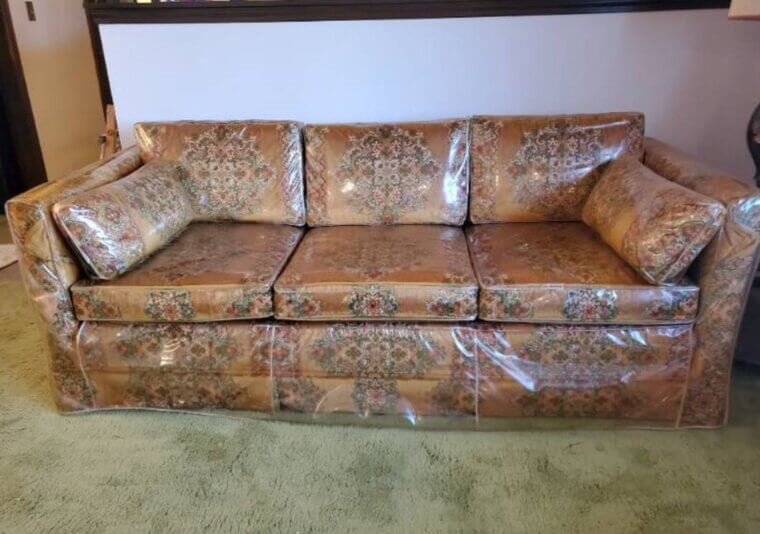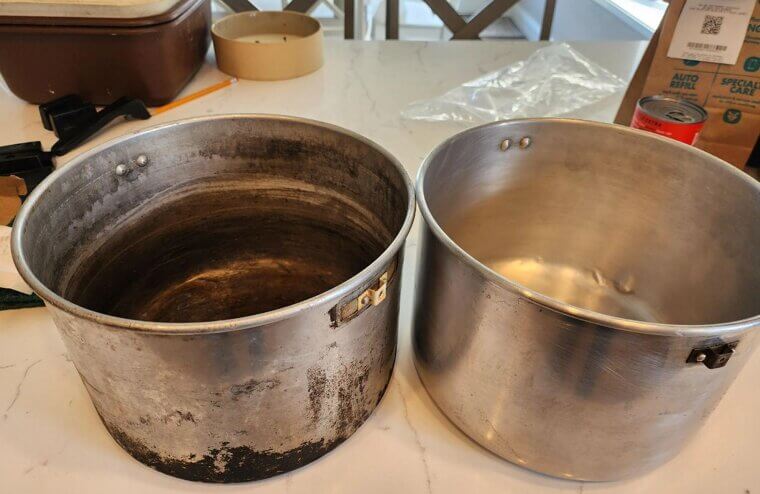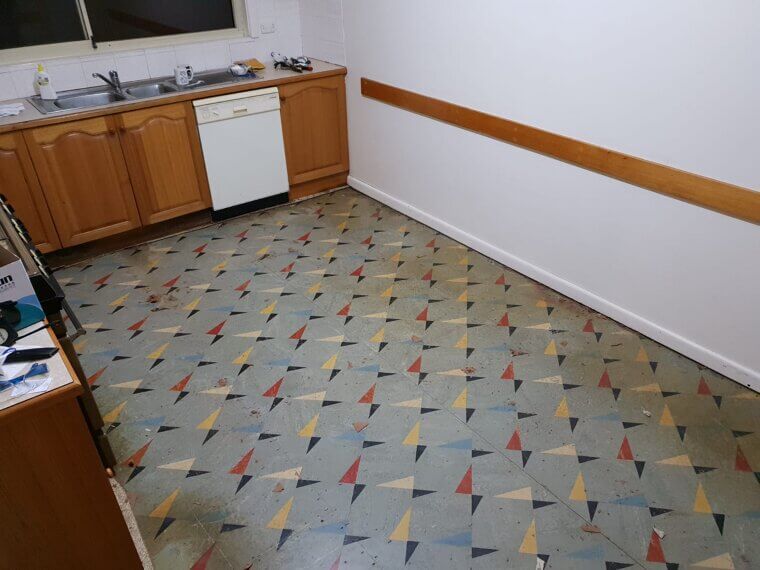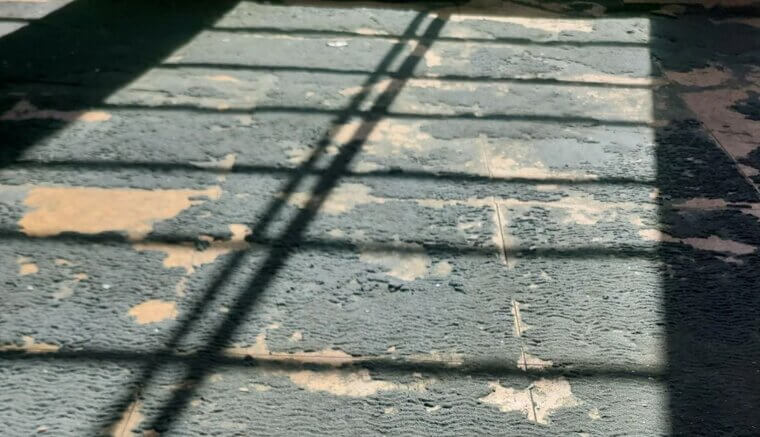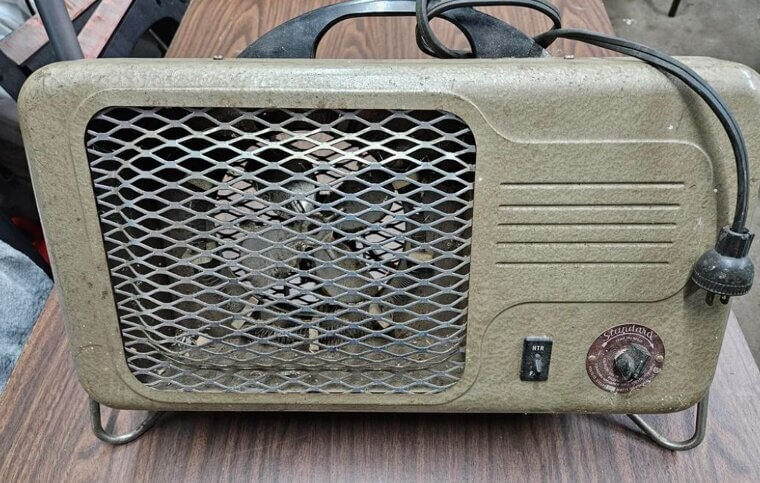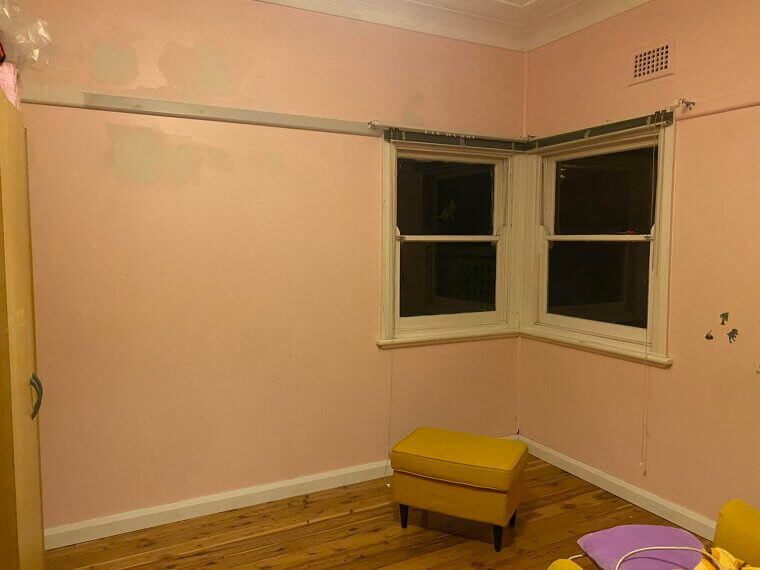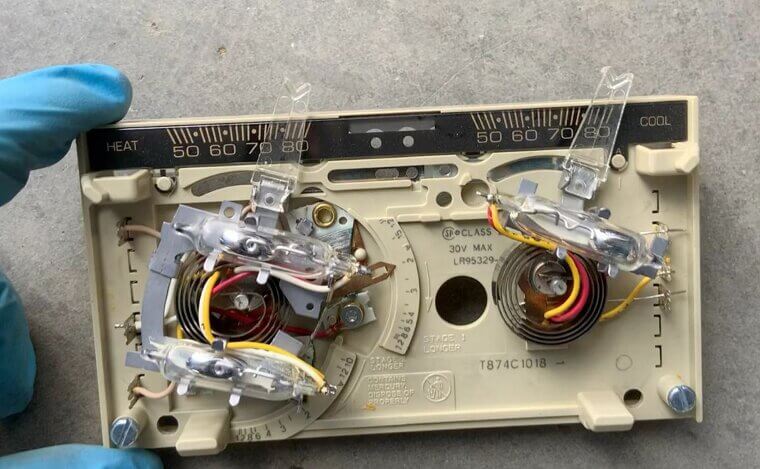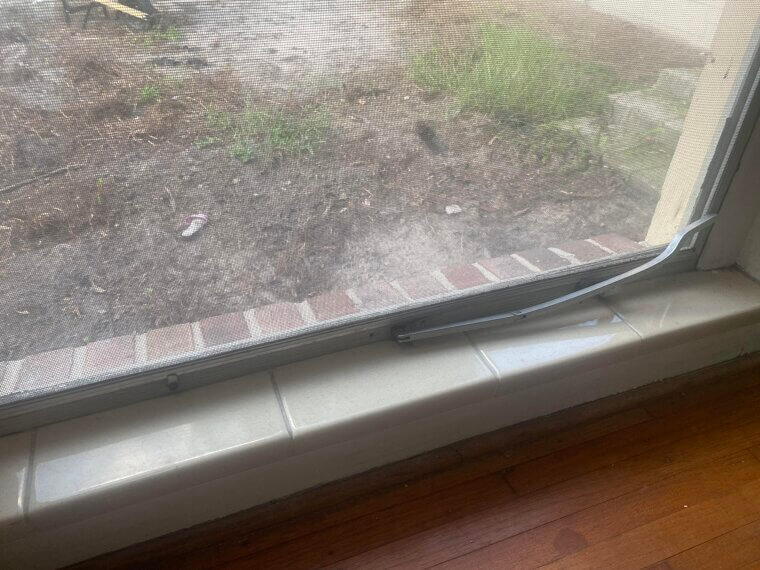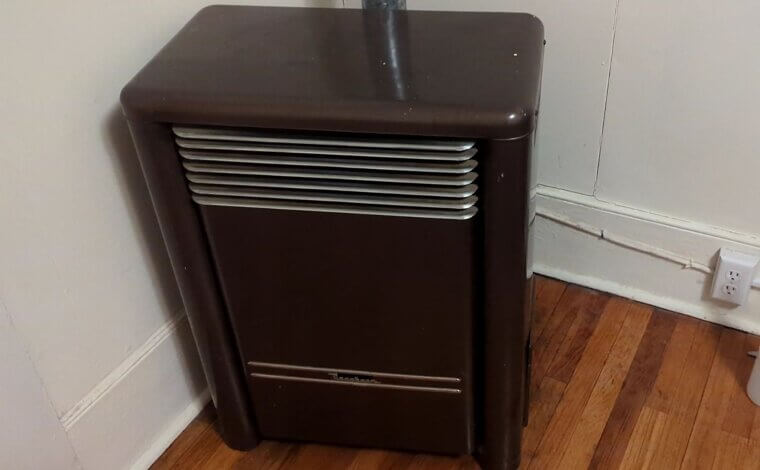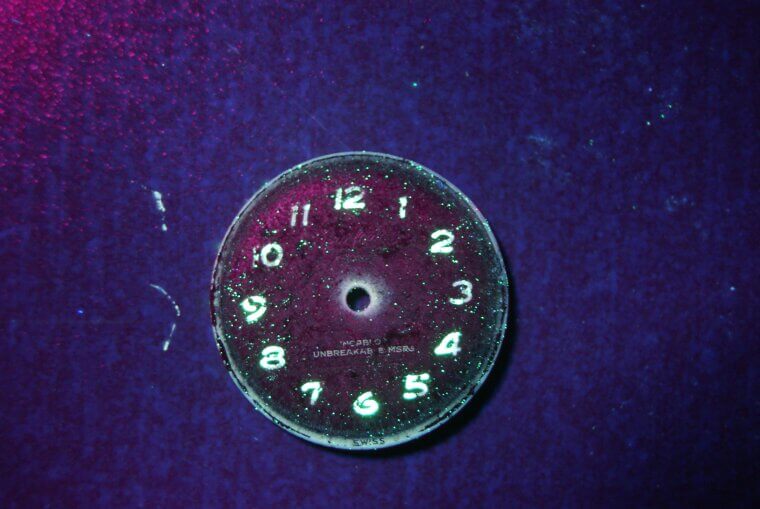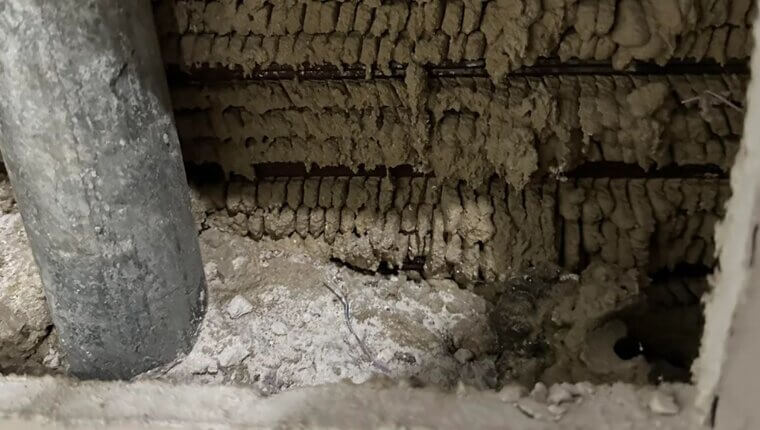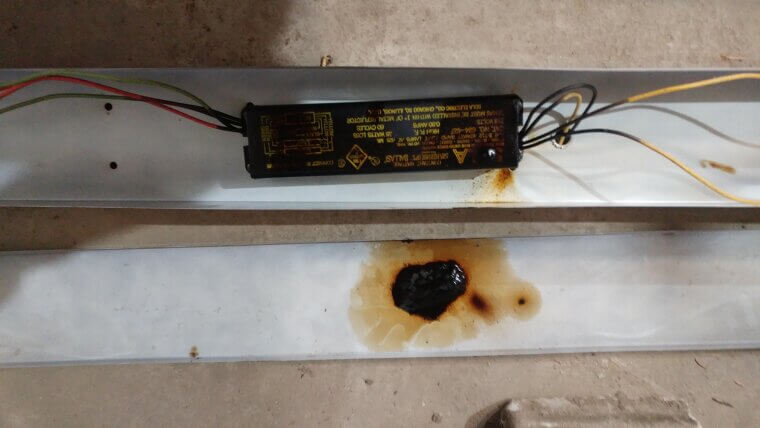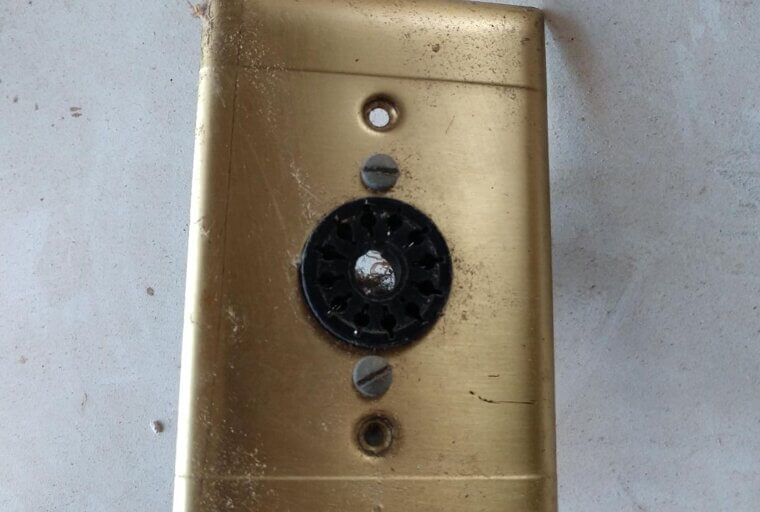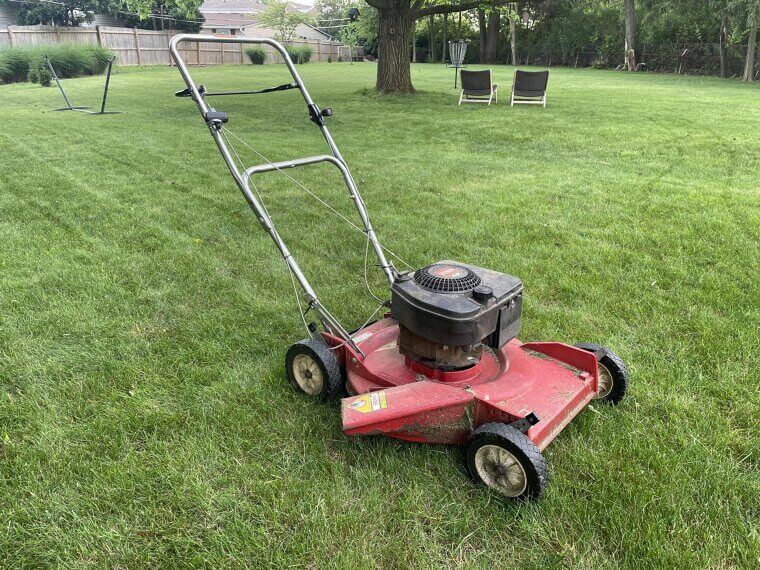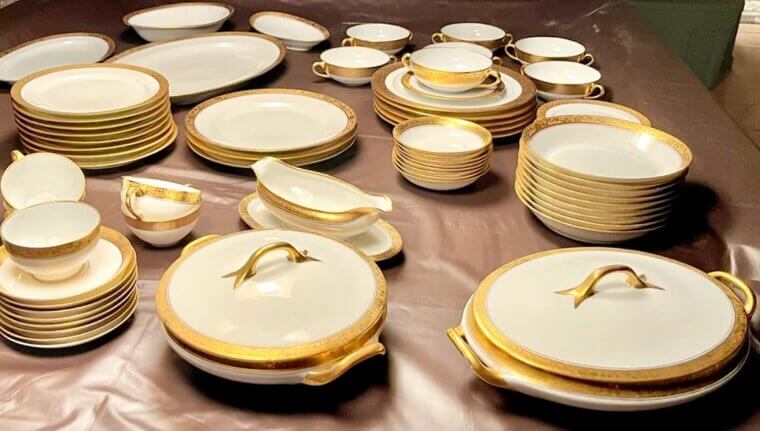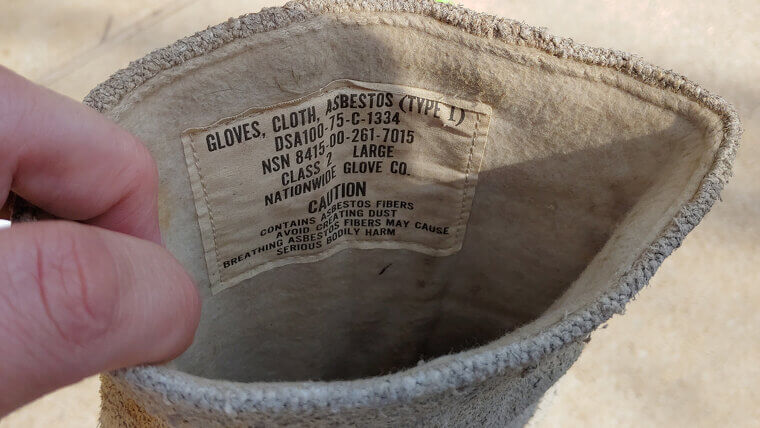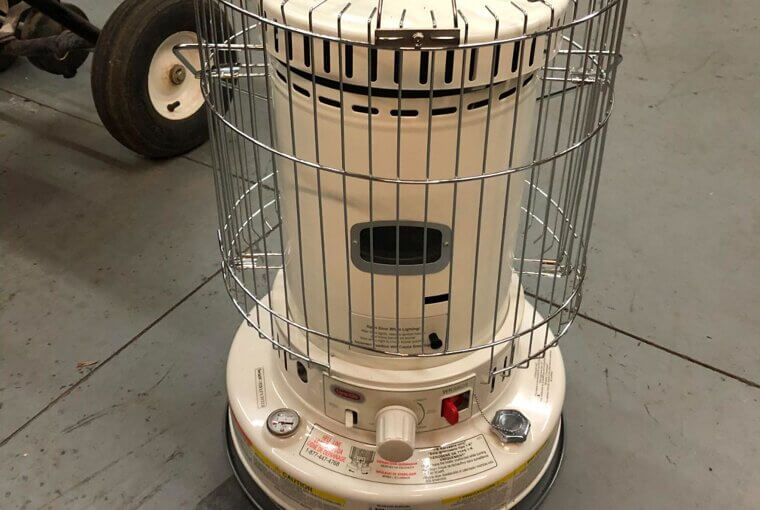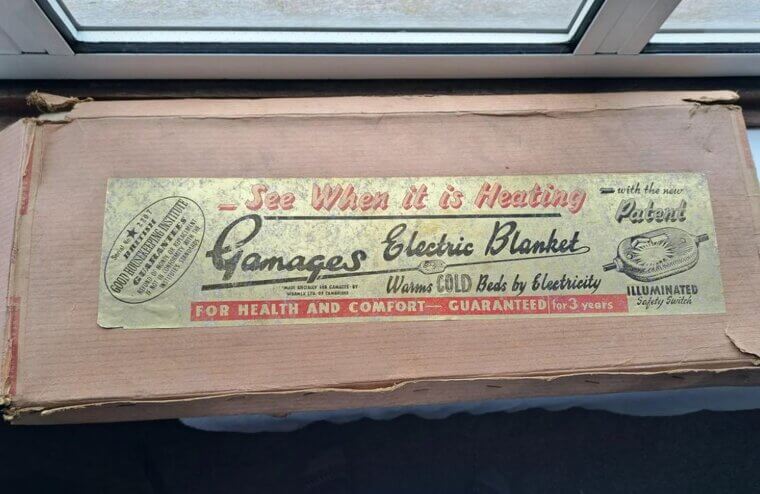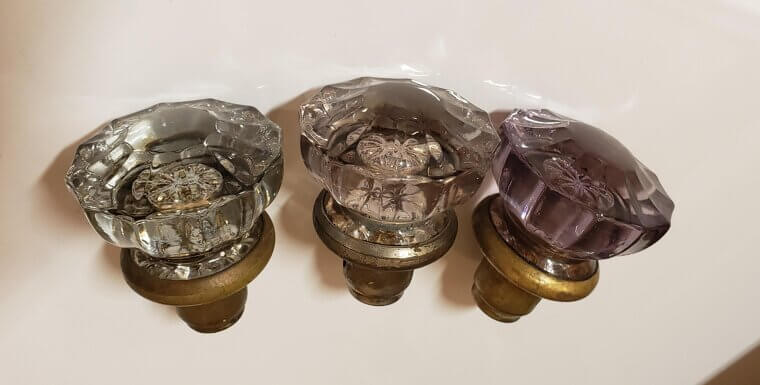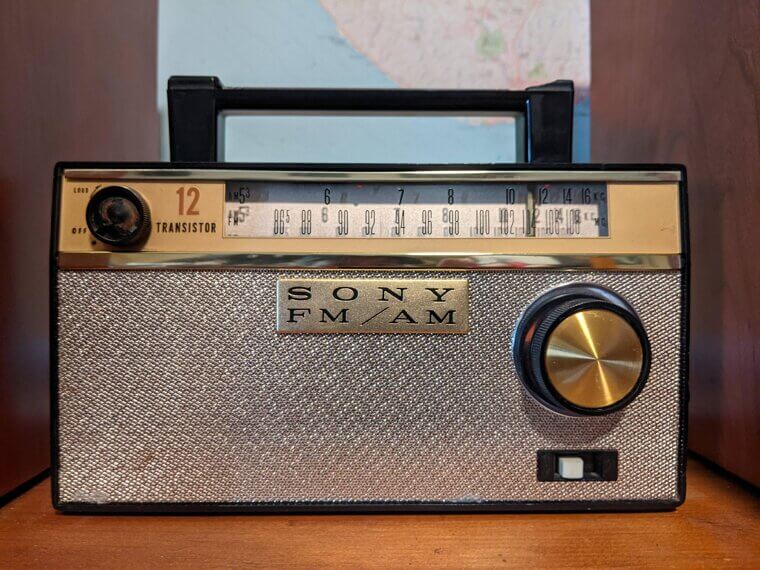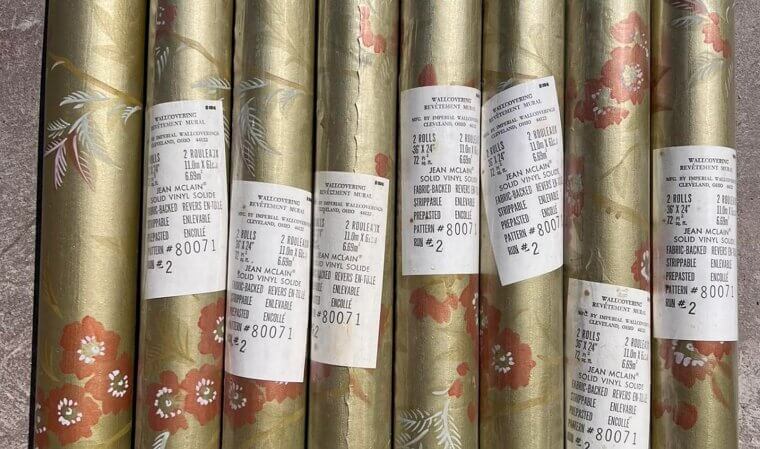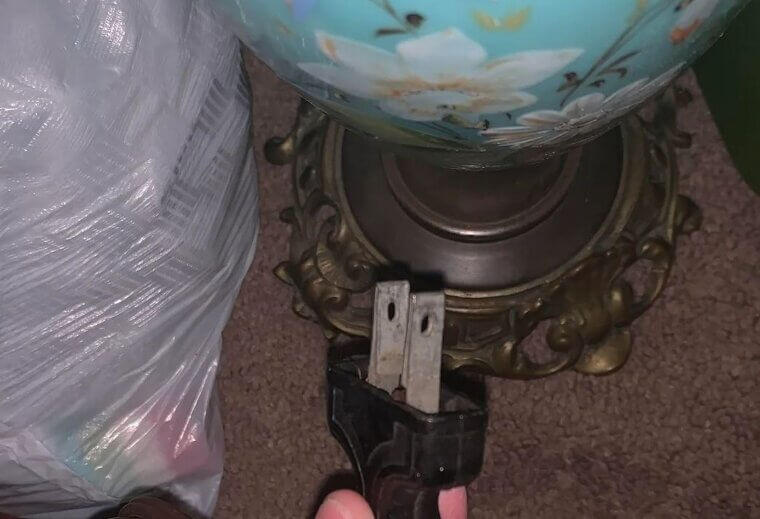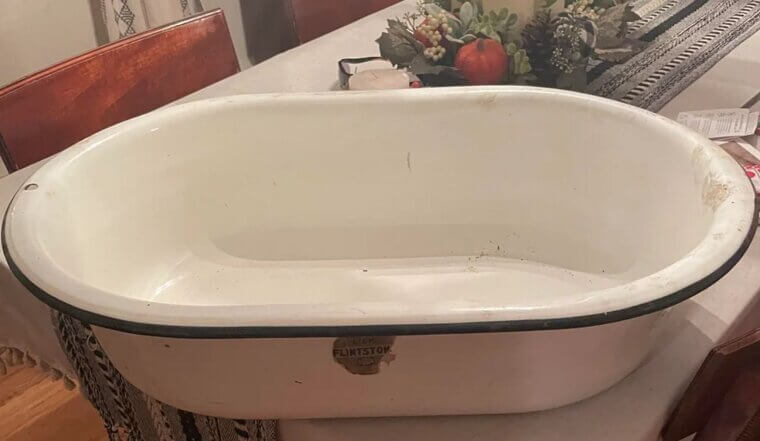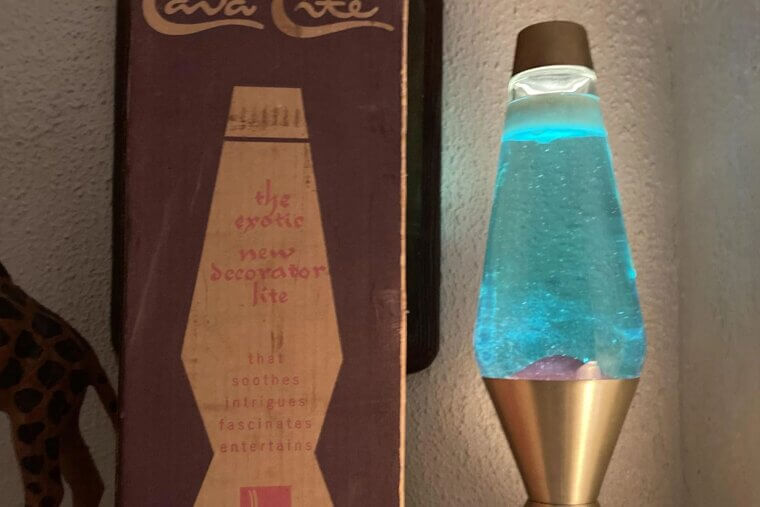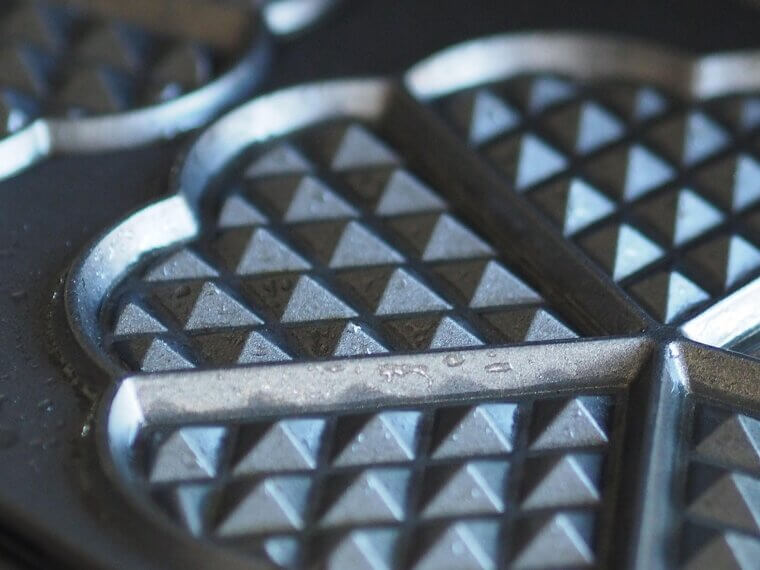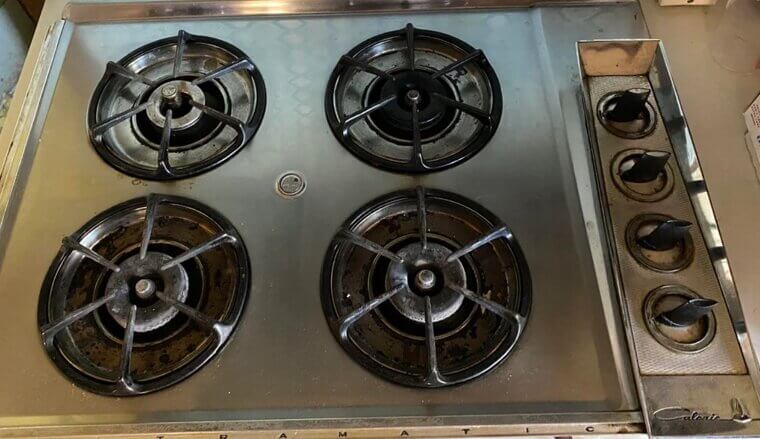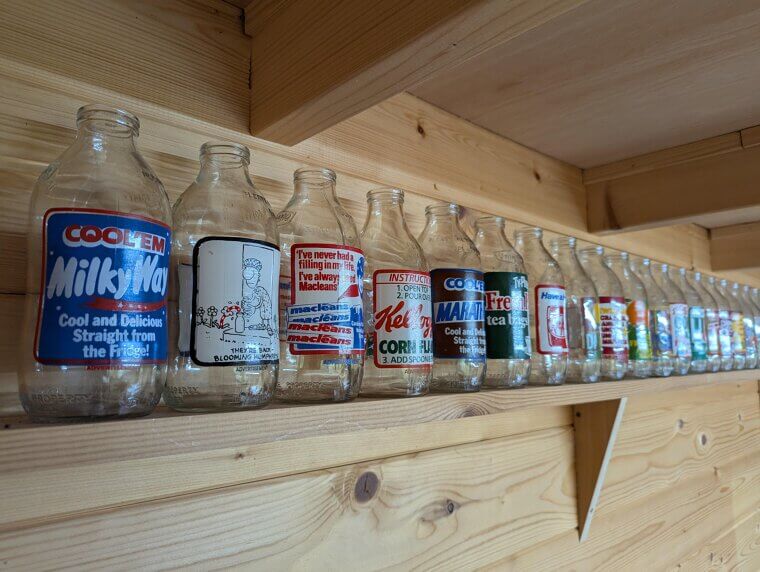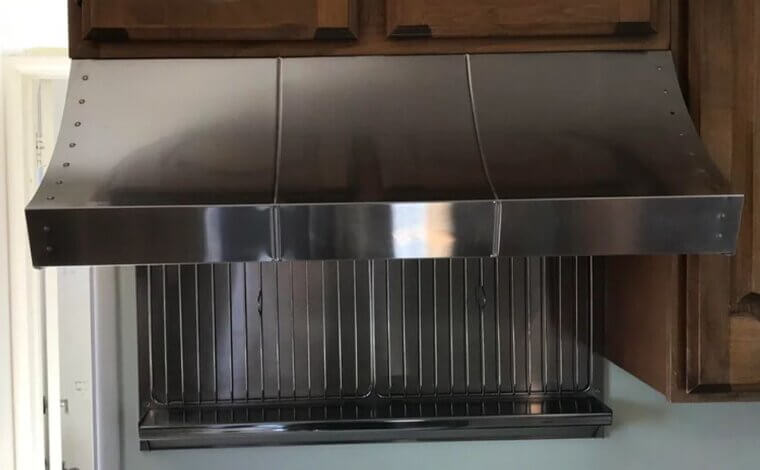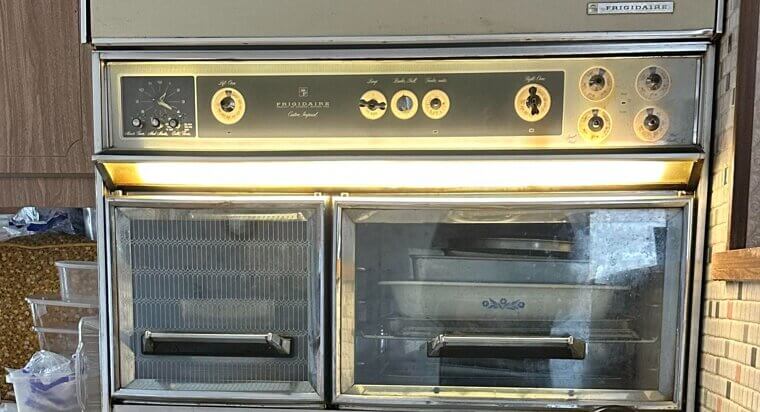Plastic-Covered Sofas
In the 1960s, plastic-covered sofas became a trendy choice for preserving furniture. However, these covers presented unexpected dangers. The plastic material could easily overheat, posing a burn risk. Additionally, the slick surface made slipping a real hazard. In case of a fire, the plastic could emit harmful fumes, creating a toxic environment. This seemingly practical solution turned out to be fraught with hidden perils.
While protecting furniture, these covers brought unforeseen risks. The safety lessons remind us to consider long-term consequences in pursuit of preserving aesthetics and value.
Aluminum Cookware Danger
In the 1960s, aluminum cookware was a staple in many kitchens, praised for its affordability and heat conductivity. However, it was later discovered that excessive use of aluminum pots might pose health risks. Studies suggested that aluminum could leach into food, especially when cooking acidic dishes, and potentially lead to various health issues. Despite the sleek look and practicality, these pots raised concerns over long-term exposure. A reminder that not all modern solutions are without flaws.
Reflecting on these items, we learn the importance of understanding materials and their long-term effects. It's crucial to ensure that convenience doesn't compromise safety in our homes.
Asbestos Flooring
In the 1960s, vibrant vinyl flooring was a staple in many homes, celebrated for its durability and eye-catching patterns. However, unbeknownst to many homeowners, these floors often contained asbestos, a material now known to be highly hazardous. Asbestos fibers, when disturbed, could become airborne and be inhaled, posing severe health risks such as lung cancer and mesothelioma. This silent danger lingered unnoticed, threatening families in their everyday lives.
Today, we understand the importance of safety in home design. The lessons of the past remind us to prioritize health and safety over convenience and style.
Foam Carpet Padding
In the 1960s, foam carpet padding was celebrated as a modern comfort upgrade, making floors softer and warmer underfoot. However, few homeowners realized that these pads were made from polyurethane and other synthetic materials that were highly flammable. When exposed to a spark, cigarette, or faulty wiring, the foam could ignite quickly and release thick, toxic smoke that spread faster than many other household materials. Some early foam products also contained chemicals that broke down over time, releasing fumes linked to respiratory irritation and long-term health risks. Without modern fire-retardant regulations, this “luxury” feature quietly turned many living rooms into potential fire hazards.
Foam carpet padding from the 1960s often posed serious fire risks due to its highly flammable synthetic materials. Once ignited, it produced dense, toxic smoke that made escape difficult and increased the danger of household fires. The lack of fire-safety standards at the time meant many families were unaware their cozy floors could be deadly in an emergency.
Space Heaters
In the 1960s, space heaters were a staple in many households, offering warmth during chilly months. However, these devices were often poorly regulated, posing significant fire hazards. The lack of modern safety features, such as automatic shut-off mechanisms, meant they could easily overheat or tip over, igniting nearby flammable materials. Additionally, their exposed heating elements presented a risk of burns upon contact. These dangers highlight the importance of safety advancements.
The evolution of household safety standards has greatly reduced the risks associated with heating devices, ensuring a safer environment for modern homes.
Lawn Darts
In the 1960s, lawn darts, also known as Jarts, became a popular backyard game. These seemingly innocent toys, with their weighted metal tips, were designed to be thrown into plastic rings on the ground. However, the sharp projectiles posed a significant risk of injury, especially to children. The lack of safety regulations at the time allowed these dangerous items to be marketed as family-friendly entertainment, leading to numerous accidents.
Reflecting on lawn darts reminds us to prioritize safety in recreational products. Their history serves as a cautionary tale about the importance of stringent safety standards to protect consumers.
Lead Paint Walls
In the 1960s, lead-based paint was a common choice for home interiors due to its durability and vibrant colors. However, the cheerful hues masked a serious danger: lead poisoning. Over time, as the paint chipped and deteriorated, it released toxic lead dust into the air. Children, particularly vulnerable, could ingest this dust, leading to severe health issues, including developmental delays and cognitive impairments. The risk was invisible but significant.
The dangers of lead paint taught us valuable lessons about the importance of regulating household materials. Understanding these risks helps us create safer home environments today.
Thermostat Dangers
In the 1960s, mechanical thermostats were a common household staple, prized for their sleek design and practicality. However, many of these thermostats contained mercury, a toxic substance that poses significant health risks if exposed. Accidental breakage could release mercury vapors, which are hazardous to inhale. The thermostats’ construction meant they could easily be mishandled, leading to potential contamination. This highlights the importance of understanding the materials in everyday household items.
Reflecting on these thermostats reminds us to prioritize safety and environmental impact in household designs, ensuring modern conveniences don’t come with hidden health risks.
Hazardous Window Design
This wide, low ribbon-style window was a popular architectural feature in 1960s homes, designed to let in more light and create a sleek, modern look. Many of these windows were also installed without adequate support or locking mechanisms, leaving them vulnerable to drafts, leaks, and even structural shifting over time. The metal frames commonly used in the 1960s conducted heat and cold, which could lead to condensation and moisture damage around the walls. What was once considered futuristic design often created safety and maintenance problems that later homeowners had to repair or replace.
The ribbon windows of the 1960s were stylish but risky in everyday use. Their low placement and large, uninterrupted panes increased the chance of breakage or injury during accidents or storms. Over time, the metal frames also became prone to corrosion and air leaks, turning a modern statement piece into a hidden household hazard.
Gas Space Heaters
In the 1960s, gas space heaters were a common fixture in many households, offering a convenient solution for cold winter days. However, these appliances came with hidden dangers that few recognized at the time. Poor ventilation often led to the build-up of toxic carbon monoxide, a colorless and odorless gas that could be lethal. Moreover, the risk of fire hazards was significant if flammable materials were placed too close.
While advancements in safety have been made, the legacy of these heaters reminds us to prioritize safety in our quest for convenience.
Radium Clock Dials
In the 1960s, glowing clock dials seemed like a modern marvel, offering convenience in the dark. However, the luminescence came from radium, a radioactive substance. While admired for its glow, radium posed significant health risks, as prolonged exposure could lead to severe health problems, including cancer. Workers who painted these dials were especially at risk, often ingesting radium. This highlights the importance of understanding the materials in everyday items.
The use of radium in household items underscores the need for safety in innovation. Awareness of material safety can prevent health hazards, ensuring advancements do not come at the cost of well-being.
Asbestos Insulation
In the 1960s, asbestos was a common choice for insulation due to its fire-resistant properties and affordability. Little did people know, this seemingly miraculous material posed severe health risks. When disturbed, asbestos fibers could easily become airborne, leading to inhalation by unsuspecting homeowners. Prolonged exposure has been linked to serious respiratory diseases, including lung cancer and mesothelioma. This hidden danger highlights the importance of understanding the materials used in our homes.
Today’s awareness of asbestos danger reminds us to always consider the long-term health impacts of building materials. Striving for safety in our homes must remain a priority.
Fluorescent Light Ballast
In the 1960s, fluorescent light ballasts became common fixtures in homes, hailed for their energy efficiency. However, these devices often contained PCBs (polychlorinated biphenyls), a toxic chemical. When ballasts overheated, they could leak or even catch fire, releasing harmful substances into the air. This posed significant health risks, including respiratory problems and environmental contamination. Such hidden dangers highlight the importance of evaluating the safety of new technologies.
The fluorescent light ballast reminds us of the hidden dangers in seemingly benign household items. Evaluating the safety of everyday technologies has become a crucial lesson from past oversights.
Electrical Outlet Covers
In the 1960s, electrical outlet covers like these were a common sight. However, they often lacked safety features we now consider essential. The absence of protective shutters made it easy for curious children to insert objects, posing a significant risk of electric shock. Additionally, many homes were not equipped with ground fault circuit interrupters, further increasing the danger. These vintage designs remind us of the importance of electrical safety.
Today, modern outlets include childproofing and safety mechanisms. This evolution highlights how design improvements can enhance household safety. We must continue prioritizing such advancements.
Worn Electrical Wiring
In the 1960s, many homes featured cloth-covered electrical wiring, a seemingly safe and innovative choice at the time. However, these wires were prone to deterioration, posing a significant fire hazard as they aged. The lack of insulation and exposure to elements often led to short circuits and overheating. This overlooked danger lingered in walls, threatening households unknowingly. Today, we appreciate modern advancements in electrical safety standards.
Reflecting on these wiring dangers reminds us of the importance of continually updating safety standards to prevent hidden hazards in our homes.
Sharp Frame Hangers
In the 1960s, metal frame hangers like these were commonplace in homes, holding up cherished family photos and artworks. However, their sharp edges were often overlooked hazards. When mishandled, they could easily cause cuts or punctures, especially for children helping with household chores. Additionally, if improperly mounted, the frame could unexpectedly fall, posing a risk of injury. These simple hangers remind us of the importance of safe design.
Today, we often take for granted the safety features in modern home decor. These vintage hangers highlight the need for careful design consideration.
Lawn Mower Hazards
In the 1960s, lawn mowers became a staple of suburban life, promising tidy lawns with minimal effort. However, these powerful machines often lacked essential safety features. Exposed blades and a lack of automatic shut-off mechanisms meant that accidents were all too common. Users faced risks of severe injuries, from cuts to amputations. The absence of proper guards and safety measures highlighted a significant oversight in design that we’ve since learned from.
Reflecting on these vintage lawn mowers reminds us of the importance of safety innovations. Today’s models are far more secure, reducing accidents and ensuring user protection.
Gold-Trimmed Dishes
These elegant gold-trimmed dishes were a staple in many 1960s households, epitomizing luxury and sophistication. Yet, their beauty concealed a hidden danger: the gold paint often contained lead, a toxic element. As these dishes were used for serving food, there was a risk of lead leaching, especially with acidic foods. Over time, this could lead to lead poisoning, posing significant health risks. Today, we’re much more aware of such hazards.
Reflecting on these dishes reminds us of the importance of safety standards in manufacturing. It highlights the need for vigilance in ensuring household items are free from toxic materials.
Flammable Furniture
During the 1960s, many households welcomed furniture made from synthetic materials, which promised style and affordability. However, these items, often constructed with flammable materials, turned living spaces into potential fire hazards. Lacking modern fire-resistant treatments, such furniture could ignite easily when exposed to open flames. This risk was compounded by the prevalence of smoking indoors at the time. Thus, what seemed like a modern convenience concealed significant dangers.
Reflecting on these pieces reminds us of the importance of safety standards. Modern furniture now comes with improved fire resistance, highlighting how far we've come in securing our homes.
Asbestos Gloves
In the 1960s, asbestos gloves were a common household item, celebrated for their heat resistance. These gloves seemed like an ideal solution for handling hot objects. However, they contained asbestos fibers, which posed serious health risks when inhaled. Prolonged exposure to asbestos could lead to respiratory issues and even cancer. The dangers of these materials were not fully understood at the time, making these gloves a silent hazard.
The use of asbestos gloves serves as a reminder of the importance of understanding material safety in household items. They highlight the need for ongoing research and regulation.
Kerosene Heater Hazard
In the 1960s, kerosene heaters were a popular choice for home heating, offering a portable and cost-effective solution. However, these devices came with serious risks, including carbon monoxide poisoning and fire hazards. Poor ventilation often led to the accumulation of toxic fumes, posing a danger to household members. Additionally, the risk of accidental fuel spills increased the likelihood of fires. These heaters serve as a reminder of the importance of safety standards.
Reflecting on the past, we realize the critical need for stringent safety regulations. This lesson highlights the ongoing responsibility to prioritize health and safety in modern product design.
Electric Blanket Danger
Electric blankets from the 1960s, like the one pictured, promised cozy warmth during cold nights. However, they posed hidden risks due to their primitive technology. These blankets often lacked proper temperature controls and were prone to overheating, leading to potential burns or fires. Faulty wiring and lack of modern safety standards made them hazardous. Users unknowingly faced significant risks while enjoying their comfort. This highlights the importance of safety regulations in household items.
Today's electric blankets are much safer, thanks to advancements in technology and stricter standards. The past teaches us to prioritize safety along with comfort in everyday items.
Glass Door Knobs
In the 1960s, glass door knobs were a stylish staple in many homes, admired for their elegance and charm. However, they came with hidden dangers. These knobs could easily crack or shatter with repeated use, posing a risk of cuts or injuries from sharp glass shards. Additionally, their slippery surface made them challenging to grip securely. This often led to frustration and accidents, particularly for children.
While beautifully crafted, glass door knobs remind us of the importance of balancing aesthetics with safety in household design, a lesson still relevant today.
Transistor Radios
In the 1960s, transistor radios became a household staple, adored for their portability and affordability. However, these compact devices sometimes featured poorly insulated components, posing electrical shock risks. Additionally, the batteries used could leak corrosive acid, causing damage or even fires. Despite their charm, these radios remind us to prioritize safety alongside innovation. This cautionary tale highlights the importance of rigorous safety standards in consumer electronics.
As we reflect on these radios, we are reminded to balance innovation with safety, learning vital lessons from our past.
Vinyl Wallpaper
In the 1960s, vinyl wallpaper was a popular choice for its durability and vibrant designs. However, it often contained harmful substances like lead and other volatile organic compounds. As the wallpaper aged, these dangerous materials could release into the air, posing health risks to families. Despite its visual appeal, the long-term exposure to these chemicals raised safety concerns. This highlights the importance of understanding material composition.
Reflecting on these hazards, we learn the value of scrutinizing household materials today, ensuring safety and health in our living spaces.
Two-Prong Plugs
In the 1960s, two-prong electrical plugs were ubiquitous in households. They seemed harmless, yet they lacked a crucial safety feature we take for granted today: grounding. Without a grounding prong, these plugs could not prevent electrical shocks or fires during a fault. Many homes were at risk, especially in damp areas like kitchens and bathrooms. This oversight highlighted the importance of evolving safety standards in electrical designs.
The evolution from two-prong to three-prong plugs underscores the ongoing journey toward safer household electrical practices. These changes serve as a crucial reminder of the constant need for innovation in safety standards.
Baby Bathtub Hazard
In the 1960s, baby bathtubs like this one were a common sight in households, offering parents a convenient way to bathe their infants. However, their design often lacked safety measures, posing significant risks. Made from slippery materials and lacking secure support, these tubs could easily tip over, leading to potential drowning accidents. The absence of proper temperature control also risked scalding. Fortunately, modern designs prioritize safety, ensuring peace of mind.
This bathtub serves as a reminder of the importance of product safety standards. Learning from the past, we now prioritize child safety in household items, preventing accidents before they occur.
Lava Lamps
Lava lamps, with their mesmerizing globules and vibrant colors, epitomized 1960s style. However, beneath their soothing glow lay potential dangers. The combination of heated liquids and electrical components made them prone to overheating and even explosions if improperly handled. Placing them on uneven surfaces or leaving them unattended could lead to accidents. This serves as a reminder of the importance of safety with decorative electrical appliances.
While iconic, lava lamps taught us valuable safety lessons. Ensuring proper usage of decorative electronics is paramount to prevent potential hazards. Always prioritize safety over aesthetics.
Torpedo Toy Danger
The 1960s brought a wave of innovative toys, including the underwater torpedo toy. Its sleek design promised hours of aquatic fun. However, the hard plastic and pointed shape made it potentially hazardous. Children often threw them without considering their trajectory, leading to accidental injuries. These toys underscored the era's focus on new experiences without fully assessing safety risks. They remind us of the importance of cautious play.
Reflecting on these toys, we learn the value of balancing innovation with safety, ensuring fun doesn’t come at a hidden cost. The past offers lessons for future designs.
Waffle Irons
Back in the 1960s, waffle irons were a breakfast staple, promising golden, crispy waffles in minutes. However, these devices often lacked proper heat insulation, leading to surface temperatures that could cause burns with just a casual touch. The electrical components sometimes short-circuited, posing fire hazards. Moreover, the metal casings could degrade over time, creating additional risks. Despite their charm, these appliances required careful handling.
Learning from these vintage waffle irons, we recognize the importance of safety standards in modern kitchen appliances. Ensuring proper insulation and reliable components protects users from potential hazards.
Gas Stove Hazard
In the 1960s, the gas stove was a staple in many homes, offering convenience and efficiency. However, these appliances often lacked modern safety features. Without automatic shut-off mechanisms, they posed a risk of gas leaks, leading to potential explosions or carbon monoxide poisoning. The absence of proper ventilation systems exacerbated these dangers. This oversight highlights the importance of safety advancements in household appliances over the decades.
The 1960s gas stoves teach us crucial lessons about prioritizing safety in design. Ensuring proper ventilation and automatic shut-off systems are essential in modern appliances to prevent accidents.
Holiday String Lights
In the 1960s, colorful string lights became a festive staple in many homes. Yet, these cheerful decorations often posed hidden dangers. With inadequate insulation and fragile wiring, they were prone to short circuits and electrical fires. Many homes lacked the safety standards we have today, making these lights a risky addition to holiday decor. The vibrant glow masked potential hazards, highlighting the need for modern safety regulations.
Today, we recognize the importance of improved electrical safety standards. The lessons from these vintage lights push us to prioritize safer innovations in home design.
Glass Bottles Danger
In the 1960s, glass bottles were a staple in households, used for everything from milk to soda. However, their fragility posed unexpected dangers. These bottles could easily break, leading to sharp shards that posed significant injury risks. Children, drawn to their colorful labels, could accidentally knock them over, causing harm. Despite their practicality, the risk of cuts and accidents made them a hazardous household item.
Reflecting on these glass bottles reminds us of the importance of balancing convenience with safety, a lesson still relevant today.
Range Hood Hazards
In the 1960s, range hoods became a kitchen staple, offering sleek, modern designs. However, these metal hoods often lacked proper ventilation or filters, leading to grease buildup. This accumulation posed serious fire risks as the grease could easily ignite from cooking flames. Additionally, early models were noisy and inefficient, failing to remove smoke and odors effectively. These issues highlighted the importance of safety standards in household appliances.
Today, kitchen range hoods are safer and more efficient, thanks to improved designs and regulations. This evolution reminds us of the ongoing need for safety in household innovations.
Wall Ovens
In the 1960s, wall ovens became a stylish addition to many homes, promising efficiency and flair. However, these appliances often lacked proper insulation, leading to dangerously high external temperatures. This not only increased the risk of burns but also posed a fire hazard, especially in cramped kitchen spaces. Designed with minimal safety features, these ovens could become a hidden threat. Today, they serve as a reminder of the importance of rigorous safety standards.
Modern wall ovens prioritize user safety with advanced insulation and safety mechanisms. Learning from the past, manufacturers have drastically improved designs to prevent accidents and ensure peace of mind in every kitchen.

